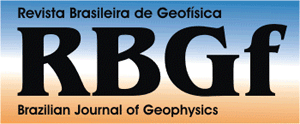In this work, ASTER (Advanced Spaceborne Thermal Emission and Reflection Radiometer) Thermal Infrared data (TIR -10 to 14 bands-8.125-10.95µm) were used to map quartz and clay minerals in land degradation areas, in the southwestern portion of Rio Grande do Sul State, Brazil. This study area presents a specific land degradation process named arenização, which is related to erosion of arenitic rocks and formation of structured sandy soils. Such processes introduce several environmental damages such as increased erosion, reduction in soil fertility and decline of agricultural land use. Using ASTER/TIR data it was possible to replicate important diagnostic spectral features related to the SiO reststrahlin band from clay minerals and quartz. Mineral abundance maps were produced using spectral index and band ratio methods. The results show that ASTER/TIR data were able to map these minerals in the soil and to reveal the degree of mixtures among quartz, clay minerals and others land cover features. Areas simultaneously mapped as quartz-rich and with lower proportion of clay minerals indicate a wealth of sandy soils, scarce vegetation cover and excessive drainage, which leads to large nutrient losses. This approach allows a more precise and quantitative mapping of land degradation characteristics, with important implications to the study of its dynamics in tropical environments.
ASTER; thermal infrared; land degradation; soil minerals; band ratios; spectral index





















